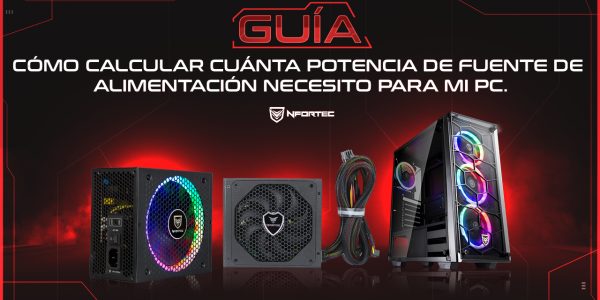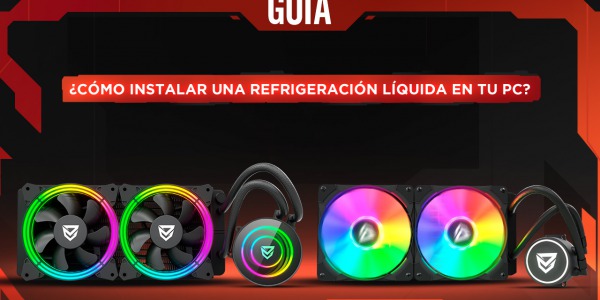Free shipping on orders over 50€
Personalized customer service
24-hour delivery

In today's post we will talk about one of the most relevant components and, practically the most important, when assembling or acquiring our computer. By now, we imagine that most of you know what the processor or CPU is and how it influences the overall performance of our PC, but we bring you a brief summary, taking advantage of the launch of Intel's 10th Gen.
Our processor or CPU will be responsible for directing the tasks we perform on our computer, something like the brain of it, although as an example it is somewhat hackneyed. Current models measure their frequency in GHz and this represents the billions of times per second that the processor is capable of carrying out an operation, curious isn't it?

The processor we choose will be connected to the socket, also called socket, of our motherboard and, depending on the brand, it will be connected differently. In the case of Intel, the pins to connect both components are located on the motherboard itself
Intel's 10th Gen take advantage of the new socket 1200 on Intel® 400 series chipset motherboards, which is an evolved version, so to speak, of the previous LGA 1151, also called socket H4. This allows more points of contact between the processor and the socket, but it also means that if you want to move up to 10th Gen, you will need a new compatible motherboard
Intel has gone all out to introduce their new generation of processors and, not to be outdone, they have released 17 versions. Yes, 17, ranging from 4 cores, up to 10 in the Core i9-10900, so that no one has any complaints. This particular model can reach 5.3 GHz, in two of its ten cores

The "unlocked" processors allow more specific configurations and overclocking, thanks to the newIntel Thermal Velocity Boost technology, so gamers and content creators may find them more interesting. This technology is not included in all models, it is only compatible with the Core i9-10900 which, as we mentioned before, can reach 5.3 GHz thanks to this technology, which works as an identifier of the cores that are giving the best performance during a given time, and selects them to increase their potential.
The"locked" processors are those most specifically designed for everyday computer use. This means that they give good performance in various tasks of different nature, whether in design, games or more basic applications. They are processors that seek a balance to give better performance to desktops and All-in-One computers.
On the other hand, there are the processors that require independent graphics, intended for desktop computers of SKU "KF" and "F". These have the same features as the 10th Gen processors but, minus those pertaining to the processor's graphics. In principle "K" refers to processors whose speed and voltage are not locked, allowing an overclock. As for "F", it lists those that require a separate graphics card
what do you think of Intel's new 10th Gen, and have you already decided on one of Intel's new models?


Hardware is a complicated world. Not only do we have to know about components but also compatibilities,...

One of the first doubts that arise when you decide to embark on the adventure of assembling a computer from parts...
Comments (0)